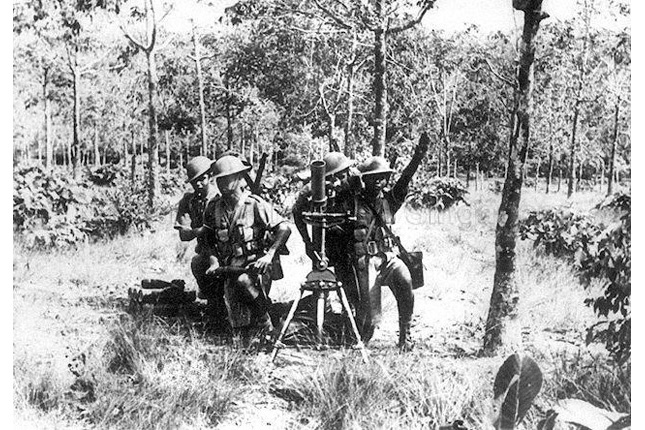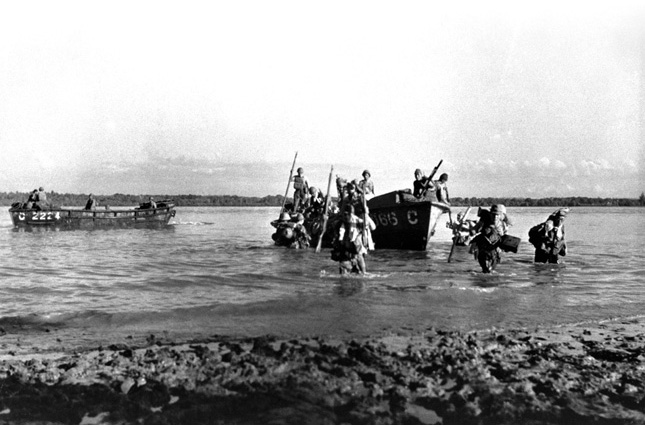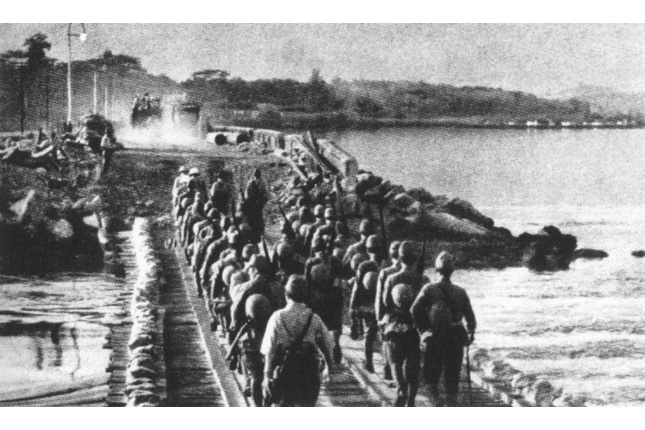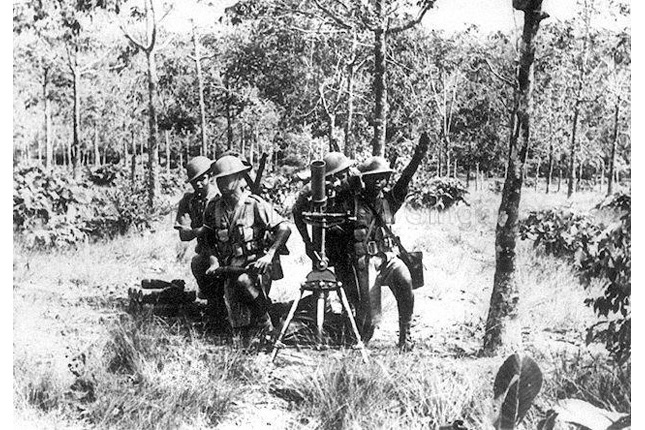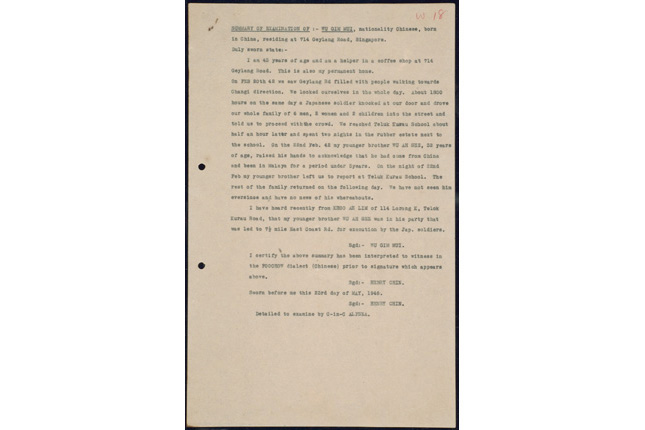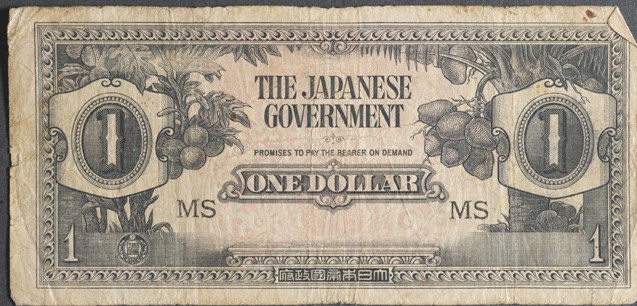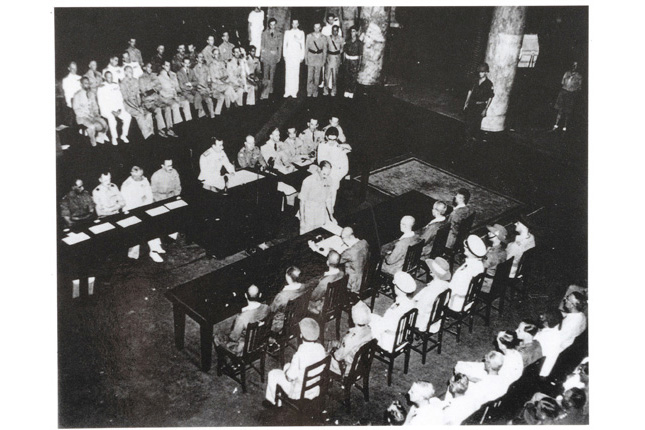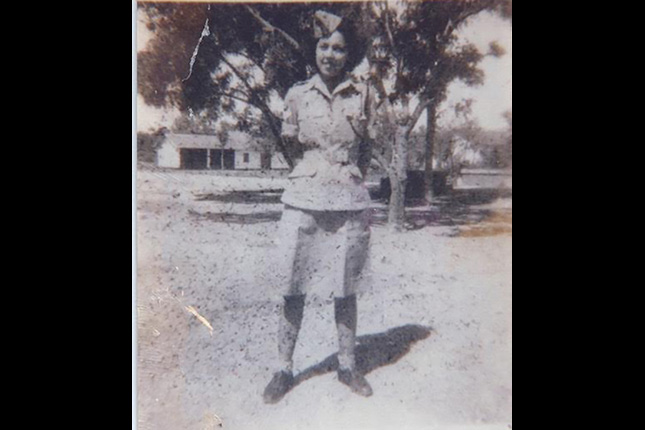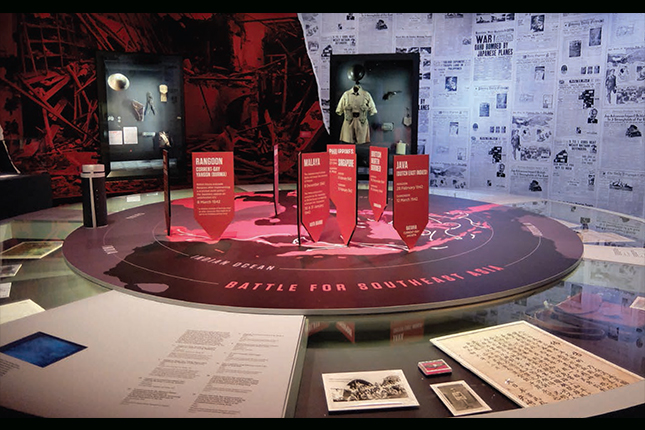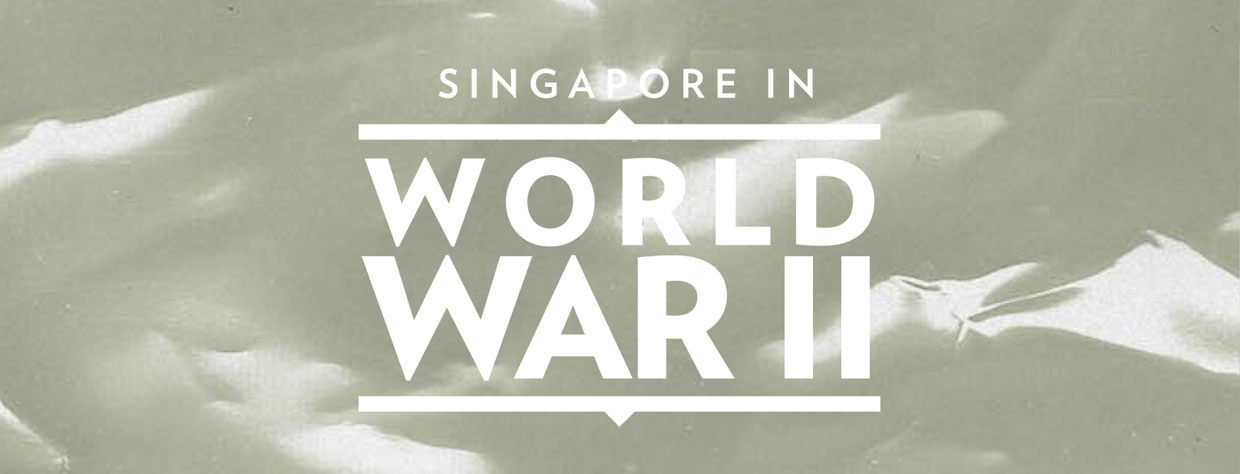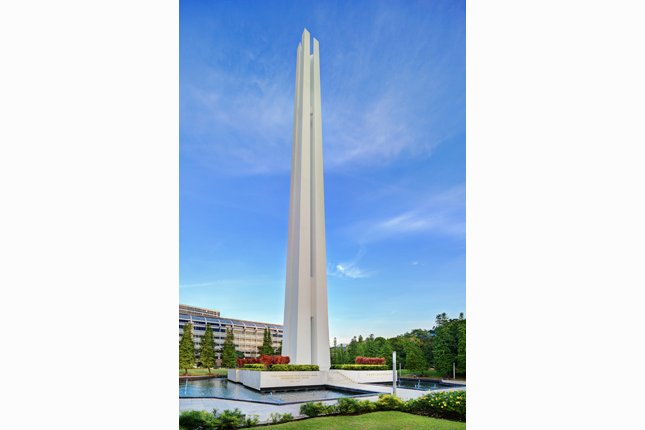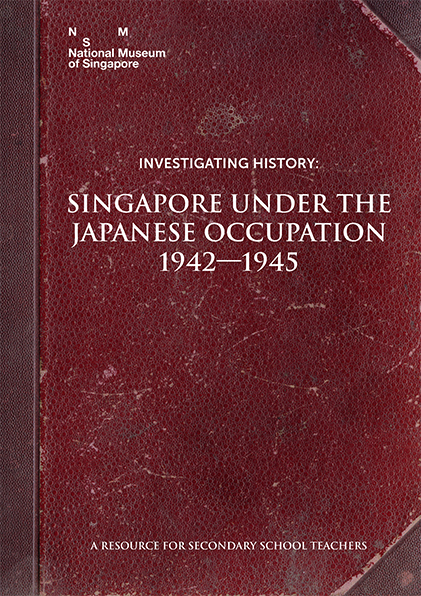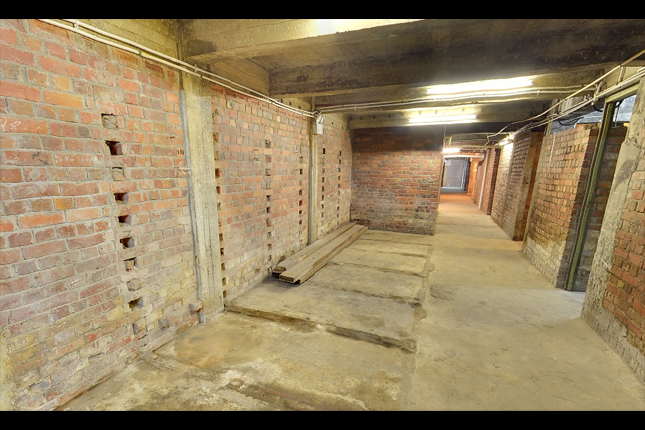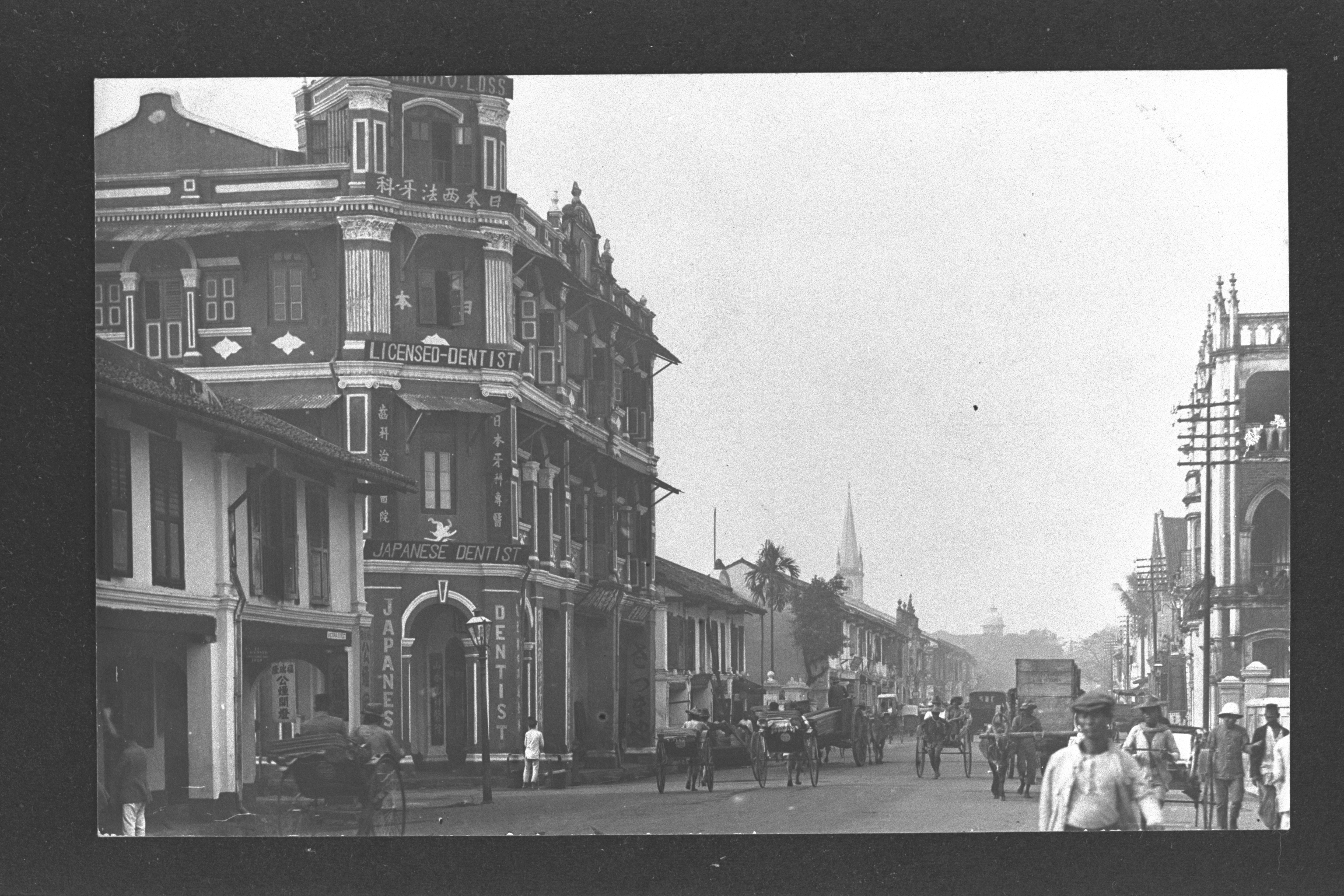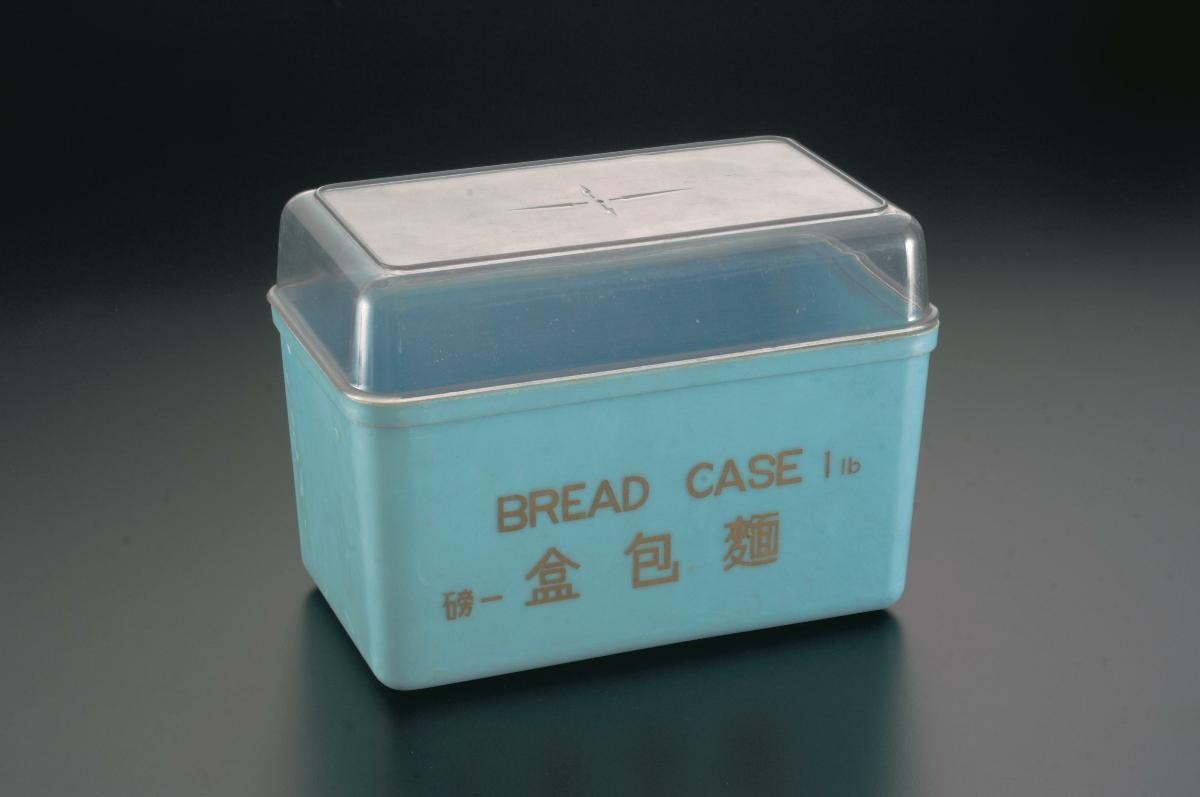TL;DR
World War Two came to Singapore when the first bombs were dropped on the island on 8 December 1941.1 61 people were killed and 133 others injured that day.2 This was followed by a swift Japanese invasion from the north two months later.3 Local forces and the British military were completely overwhelmed by the Japanese army and surrendered after just one week.4 Singapore was renamed Syonan-To, or Light of the South, during an occupation which lasted for three years and seven months.5
Notes
1https://eresources.nlb.gov.sg/infopedia/articles/SIP_7_2005-01-25.html
2 https://eresources.nlb.gov.sg/infopedia/articles/SIP_7_2005-01-25.html
3 https://eresources.nlb.gov.sg/infopedia/articles/SIP_2013-07-19_113523.html
4 https://eresources.nlb.gov.sg/infopedia/articles/SIP_2013-07-19_113523.html
5 http://www.nlb.gov.sg/biblioasia/tag/syonan/
6 https://eresources.nlb.gov.sg/infopedia/articles/SIP_2013-07-19_113523.html
7 https://eresources.nlb.gov.sg/infopedia/articles/SIP_2013-07-19_113523.html
8https://www.nhb.gov.sg/~/media/nhb/files/places/trails/world%20war%20ii/wwii-text.pdf
9https://books.google.com.sg/books?id=jGLE74Jdr0IC&pg=PT64&lpg=PT64&dq=“When+you+encounter+the+enemy+after+landing,+think+of+yourself+as+an+avenger+coming+face+to+face+at+last+with+his+father’s+murderer.+Here+is+a+man+whose+death+will+lighten+your+heart.”+–+Excerpt+from+a+manual+issued+to+Japanese+troops+in+Southeast+Asia&source=bl&ots=HMMPnOGnxD&sig=ACfU3U2pq8Fcnto56-j1nvtb0q_wbO7yuA&hl=en&sa=X&ved=2ahUKEwjq2ZK-rszsAhWs6nMBHWjjAD4Q6AEwBXoECAcQAg#v=onepage&q=“When%20you%20encounter%20the%20enemy%20after%20landing%2C%20think%20of%20yourself%20as%20an%20avenger%20coming%20face%20to%20face%20at%20last%20with%20his%20father’s%20murderer.%20Here%20is%20a%20man%20whose%20death%20will%20lighten%20your%20heart.”%20–%20Excerpt%20from%20a%20manual%20issued%20to%20Japanese%20troops%20in%20Southeast%20Asia&f=false
10https://eresources.nlb.gov.sg/infopedia/articles/SIP_2013-07-19_113523.html
11 https://eresources.nlb.gov.sg/infopedia/articles/SIP_457_2005-01-04.html
12 https://www.facebook.com/NationalHeritageBoardSG/posts/biar-putih-tulang-jangan-putih-mata-death-before-dishonour-was-the-malay-motto-t/2195246733831517/
13 https://news.nus.edu.sg/highlights/tracing-footsteps-brave
14 https://eresources.nlb.gov.sg/infopedia/articles/SIP_457_2005-01-04.html
15 https://www.bbc.co.uk/history/ww2peopleswar/stories/60/a8515460.shtml
16 https://eresources.nlb.gov.sg/infopedia/articles/SIP_154_2005-01-31.html
17https://eresources.nlb.gov.sg/infopedia/articles/SIP_2013-07-19_113523.html
18 https://corporate.nas.gov.sg/former-ford-factory/whatson/exhibition-syonan/
19 https://eresources.nlb.gov.sg/infopedia/articles/SIP_123_2005-02-03.html
20https://eresources.nlb.gov.sg/infopedia/articles/SIP_40_2005-01-24.html
21 https://eresources.nlb.gov.sg/infopedia/articles/SIP_40_2005-01-24.html
22http://www.nlb.gov.sg/biblioasia/2019/05/21/wartime-victuals-surviving-the-japanese-occupation/
23 https://eresources.nlb.gov.sg/infopedia/articles/SIP_1219_2008-12-10.html
24 https://www.japantimes.co.jp/opinion/2016/08/06/commentary/japan-surrender-world-war-ii/
25 https://eresources.nlb.gov.sg/infopedia/articles/SIP_123_2005-02-03.html
26https://eresources.nlb.gov.sg/history/events/90e0c9be-ec65-4bd1-9b71-28d6062acc38
27Ceremonial For Installation Of Governor-General, [ARTICLE]Page 2, Morning Tribune18 May 1946
28 https://eresources.nlb.gov.sg/infopedia/articles/SIP_123_2005-02-03.html
29 https://eresources.nlb.gov.sg/history/events/90e0c9be-ec65-4bd1-9b71-28d6062acc38
7 https://eresources.nlb.gov.sg/infopedia/articles/SIP_2013-07-19_113523.html
8https://www.nhb.gov.sg/~/media/nhb/files/places/trails/world%20war%20ii/wwii-text.pdf
9https://books.google.com.sg/books?id=jGLE74Jdr0IC&pg=PT64&lpg=PT64&dq=“When+you+encounter+the+enemy+after+landing,+think+of+yourself+as+an+avenger+coming+face+to+face+at+last+with+his+father’s+murderer.+Here+is+a+man+whose+death+will+lighten+your+heart.”+–+Excerpt+from+a+manual+issued+to+Japanese+troops+in+Southeast+Asia&source=bl&ots=HMMPnOGnxD&sig=ACfU3U2pq8Fcnto56-j1nvtb0q_wbO7yuA&hl=en&sa=X&ved=2ahUKEwjq2ZK-rszsAhWs6nMBHWjjAD4Q6AEwBXoECAcQAg#v=onepage&q=“When%20you%20encounter%20the%20enemy%20after%20landing%2C%20think%20of%20yourself%20as%20an%20avenger%20coming%20face%20to%20face%20at%20last%20with%20his%20father’s%20murderer.%20Here%20is%20a%20man%20whose%20death%20will%20lighten%20your%20heart.”%20–%20Excerpt%20from%20a%20manual%20issued%20to%20Japanese%20troops%20in%20Southeast%20Asia&f=false
10https://eresources.nlb.gov.sg/infopedia/articles/SIP_2013-07-19_113523.html
11 https://eresources.nlb.gov.sg/infopedia/articles/SIP_457_2005-01-04.html
12 https://www.facebook.com/NationalHeritageBoardSG/posts/biar-putih-tulang-jangan-putih-mata-death-before-dishonour-was-the-malay-motto-t/2195246733831517/
13 https://news.nus.edu.sg/highlights/tracing-footsteps-brave
14 https://eresources.nlb.gov.sg/infopedia/articles/SIP_457_2005-01-04.html
15 https://www.bbc.co.uk/history/ww2peopleswar/stories/60/a8515460.shtml
16 https://eresources.nlb.gov.sg/infopedia/articles/SIP_154_2005-01-31.html
17https://eresources.nlb.gov.sg/infopedia/articles/SIP_2013-07-19_113523.html
18 https://corporate.nas.gov.sg/former-ford-factory/whatson/exhibition-syonan/
19 https://eresources.nlb.gov.sg/infopedia/articles/SIP_123_2005-02-03.html
20https://eresources.nlb.gov.sg/infopedia/articles/SIP_40_2005-01-24.html
21 https://eresources.nlb.gov.sg/infopedia/articles/SIP_40_2005-01-24.html
22http://www.nlb.gov.sg/biblioasia/2019/05/21/wartime-victuals-surviving-the-japanese-occupation/
23 https://eresources.nlb.gov.sg/infopedia/articles/SIP_1219_2008-12-10.html
24 https://www.japantimes.co.jp/opinion/2016/08/06/commentary/japan-surrender-world-war-ii/
25 https://eresources.nlb.gov.sg/infopedia/articles/SIP_123_2005-02-03.html
26https://eresources.nlb.gov.sg/history/events/90e0c9be-ec65-4bd1-9b71-28d6062acc38
27Ceremonial For Installation Of Governor-General, [ARTICLE]Page 2, Morning Tribune18 May 1946
28 https://eresources.nlb.gov.sg/infopedia/articles/SIP_123_2005-02-03.html
29 https://eresources.nlb.gov.sg/history/events/90e0c9be-ec65-4bd1-9b71-28d6062acc38




